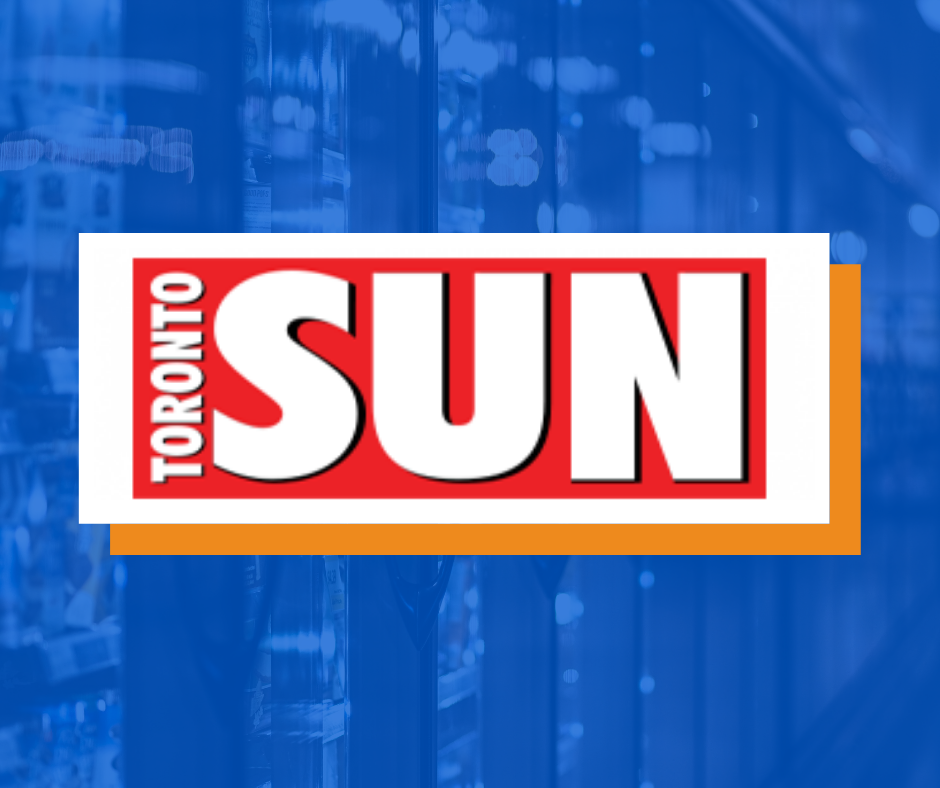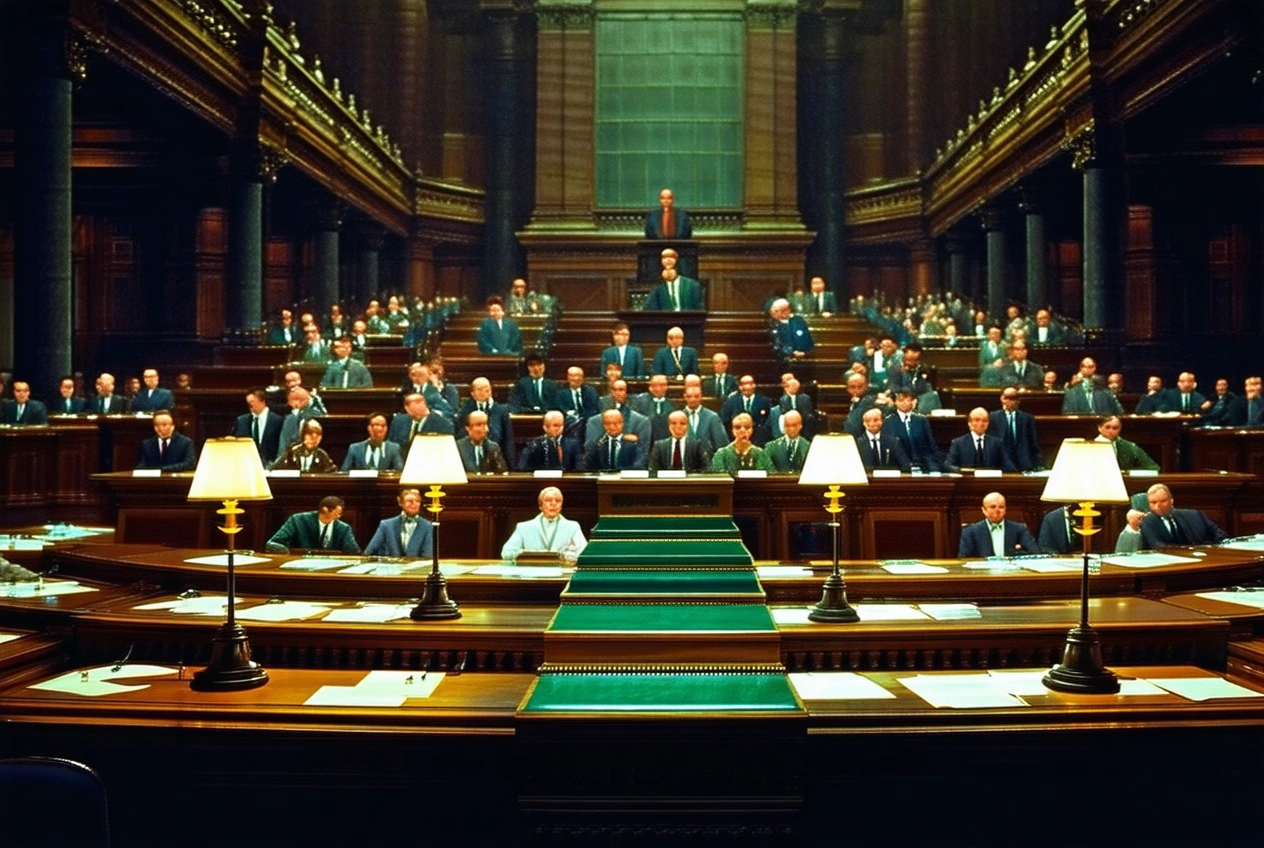Plastic bags, stir sticks, straws, cutlery, six-pack rings and certain takeout containers — the six single-use plastic items that the Trudeau government is going to ban is a short list but the consequences of this policy will be long-lasting.
On the surface, banning these items may seem like a small step, but the government’s proposal uses Schedule 1 of the Canadian Environmental Protection Act (CEPA), which means plastics would be improperly classified as “toxic” substances.
Let that sink in. The plastics we’ve used for months to wrap our takeout food, have items safely shipped to our doorsteps, and provide a barrier between health-care workers and the COVID-19 virus through N95 masks are now, according to the Canadian government, going to appear on a list of toxic substances.But we all know plastics aren’t toxic—they’re the opposite of a harmful or dangerous substance, something Environment Minister Jonathan Wilkinson admitted himself when the announcement was made in October. Nevertheless, regardless of what Minister Wilkinson’s intentions are, with this new classification “consumers would assume that every day and essential products that contain plastic are now toxic,” as noted by the U.S. Chamber of Commerce.
So why is the government using Schedule 1 of CEPA? Because it provides the quickest and easiest pathway to product bans. There are effectively no hurdles ahead, and the Canadian government is running, and running fast.
The comment period on the federal government’s discussion paper, which outlines its plans broadly, closes on Dec. 9, providing industry, trade partners, and, most importantly, everyday Canadians a mere 60 days to provide comments – the bare minimum for a federal proposal of this nature.
This unilateral approach the government is taking could have broad ramifications that could actually undermine its policy goals and hurt consumers – not just in Canada, but also in the United States.
First and foremost, the federal government will not have to consult anyone if and when they decide to add new plastics products to this list down the line. That can mean anything from bottle caps to IV bags to car bumpers.
While it’s not necessarily clear what will be banned next, it’s certainly clear who will be bearing the financial burden of using plastic alternatives: consumers. Product bans require businesses to incur new costs for alternative products, and those costs are always passed on to consumers through higher prices.And the timing is particularly challenging given that consumers are already facing price increases in their daily lives. For example, as a result of an estimated 300 to 400 grocery stores closing in the coming year due to economic challenges, consumers will need to spend 5% to 7% more on groceries. During this critical moment the government should not enact measures that only magnify these burdens.
It’s also important to note that many alternatives to plastics have worse environmental impacts than those plastic products themselves. That can be for a number of reasons, including the weight of a product, which is an important factor when considering shipments of goods and the subsequent emissions, or the production and manufacturing of products themselves. Nonetheless, the government needs to slow down and conduct a more critical scientific assessment of the alternatives.
Ultimately, plastic waste is a problem that needs to be managed – both in Canada and abroad. Unfortunately, the Government’s approach to plastic completely forgoes the management side of waste management, and instead opts for banning entire product classes. Those impacted the most by this poorly timed and heavy handed ban will be you and I, who are simply consumers trying to safely navigate our way through this pandemic.
Originally published here.




